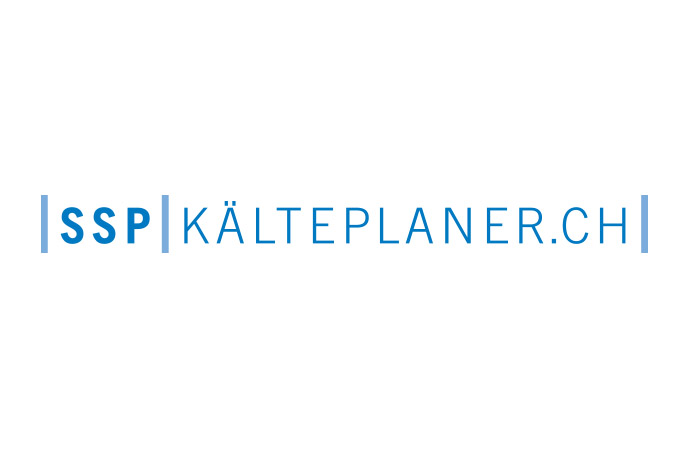The American Society of Heating, Refrigeration and Air- Conditioning Engineers (ASHRAE) launched its very own Building Energy Quotient (EQ) in November 2009. AHSRAE is currently piloting the label and is testing the Building EQ over the coming months and plans to launch the label by the end of 2010.

The Building EQ is designed to provide a technically sound tool to rate a building energy performance and helps to characterise specific buildings that have to be renovated and require an improved energy out-put. The new standard is a “progressive approach that rates both new and existing buildings” the ASHRAE journal stated. Furthermore, it ”encourages buildings towards high performance and provides some consistency with international rating programmes”.
How does it work?
The building standard consists of two mutually supporting rating schemes, both of which share a similar scale (from zero, the best result, to 100, the worst result) but have distinct purposes and methodologies.
The Operational rating (In Operation): this looks at the energy use of the building as it is in operation and bases its results on the utility bills generated by the building. It allows for a greater comparison to other buildings in similar categories. The operational rating ensures that the Building EQ differs from other standards, such as the LEED and the Atmosphere 1 credit, as the potential for comparison between buildings is greater. For example, it is possible to compare buildings within a size range and those with the same occupancy type within a climate zone.
The Asset rating (In Design) allows proprietors to characterise the potential of a buildings energy use based on the specifications of the components and systems within the building. The nature of the Asset rating, which is based on various models, gives a hypothetical indication of how the building would perform under set bar and would again allow easier comparison between other buildings. A contrast between these two ratings allows designers and proprietors to provide a “metric demonstrates the divergence between estimated and actual performance of buildings”.
Market Oriented Benefits
The Building EQ will portray the information in a variety of ways. Firstly, its eco-label, similar in design to its European counterpart the Energy Label, will indicate the efficiency of a building based on a rating scale. Here, the colourful displays rating the grades of colour, length of bar and a qualitative expression given through a letter will allow ”market forces to drive the selection and acquisition [towards] more efficient buildings” the ASHRAE journal stated.
Secondly, an energy certificate will be awarded to buildings whereby more detailed information is contained regarding the energy performance. This will allow owners and operators to improve their energy efficiency and pinpoint area’s within a building, or a variety of buildings, that require energy saving investment.
ASHRAE is designing various training courses that will allow professionals to become proficient in using this energy label. The certification “Building Energy Modelling for Professionals”, for the Asset rating, will have its first exam at the ASHRAE winter conference in Florida in January 2010.
How does it work?
The building standard consists of two mutually supporting rating schemes, both of which share a similar scale (from zero, the best result, to 100, the worst result) but have distinct purposes and methodologies.
The Operational rating (In Operation): this looks at the energy use of the building as it is in operation and bases its results on the utility bills generated by the building. It allows for a greater comparison to other buildings in similar categories. The operational rating ensures that the Building EQ differs from other standards, such as the LEED and the Atmosphere 1 credit, as the potential for comparison between buildings is greater. For example, it is possible to compare buildings within a size range and those with the same occupancy type within a climate zone.
The Asset rating (In Design) allows proprietors to characterise the potential of a buildings energy use based on the specifications of the components and systems within the building. The nature of the Asset rating, which is based on various models, gives a hypothetical indication of how the building would perform under set bar and would again allow easier comparison between other buildings. A contrast between these two ratings allows designers and proprietors to provide a “metric demonstrates the divergence between estimated and actual performance of buildings”.
Market Oriented Benefits
The Building EQ will portray the information in a variety of ways. Firstly, its eco-label, similar in design to its European counterpart the Energy Label, will indicate the efficiency of a building based on a rating scale. Here, the colourful displays rating the grades of colour, length of bar and a qualitative expression given through a letter will allow ”market forces to drive the selection and acquisition [towards] more efficient buildings” the ASHRAE journal stated.
Secondly, an energy certificate will be awarded to buildings whereby more detailed information is contained regarding the energy performance. This will allow owners and operators to improve their energy efficiency and pinpoint area’s within a building, or a variety of buildings, that require energy saving investment.
ASHRAE is designing various training courses that will allow professionals to become proficient in using this energy label. The certification “Building Energy Modelling for Professionals”, for the Asset rating, will have its first exam at the ASHRAE winter conference in Florida in January 2010.
MORE INFORMATION
Related stories
















